Headlines from the last seven days of materials science industry news.
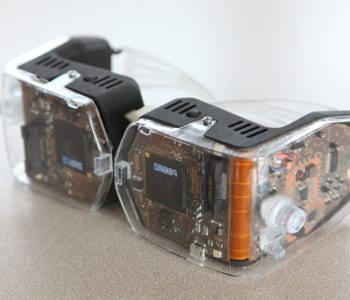

Headlines from the last seven days of materials science industry news.

Research team at Northwestern University show that chemical sensors capable of detecting toxic vapors can be drawn with a toy pencil on paper.

Initiator chemical vapour deposition (iCVD) is an elegant and versatile technique with applications ranging from biotechnology to microelectronics.
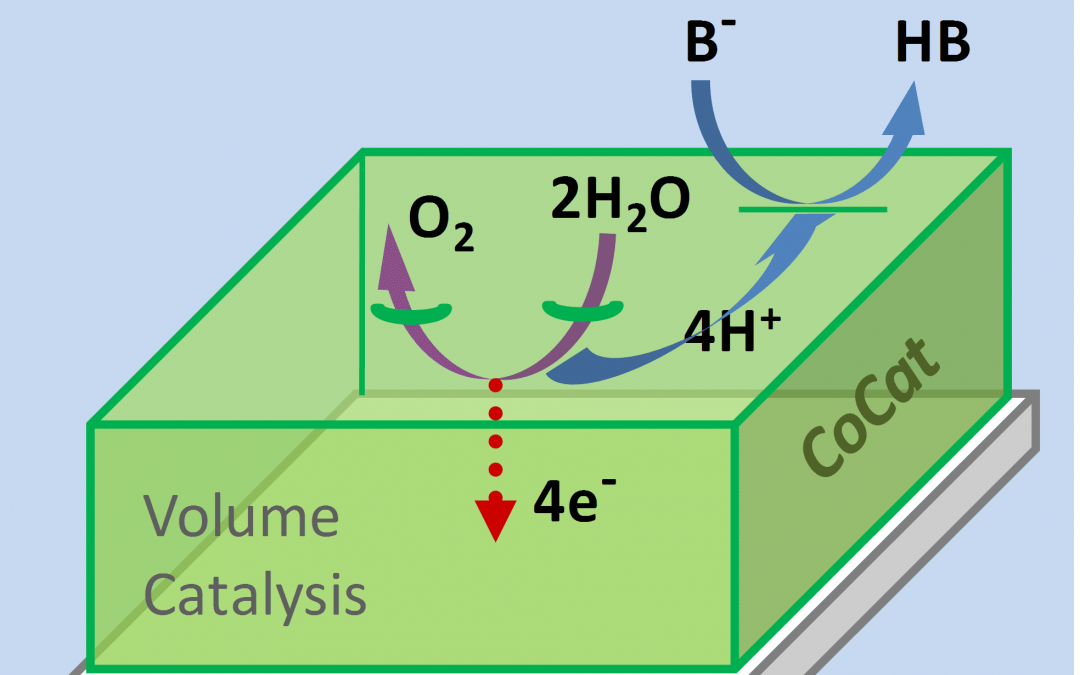
Amorphous cobalt-based oxides show catalytic activity in the bulk of the film, not just at the interface with the electrolyte.
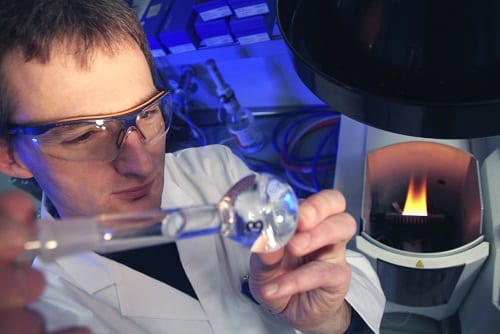
ThyssenKrupp initiates project to convert process gases from steel production into base chemicals.
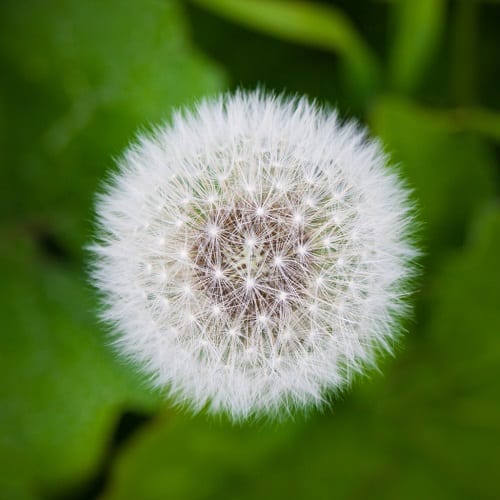
Continental and Fraunhofer join forces to develop rubber made from dandelion plants for tire production.

Markku Leskelä, of the Department of Chemistry, University of Helsinki, Finland provides another review for Nanotechnology for the Energy Challenge.
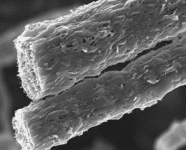
Mass production of polymer-nanotube composite fibers using FibeRio forcespinning technology for cheap and strong carbon fibers.
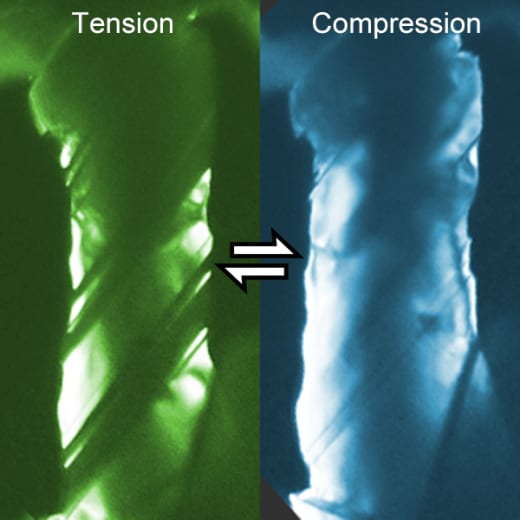
In situ studies of deformation in metal nanowires have yielded interesting new deformation mechanisms.
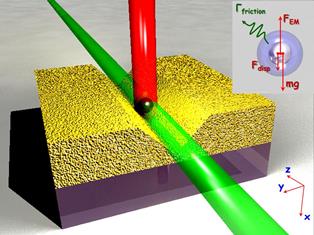
A new approach to control light with light without the need for optical nonlinearity has been suggested by a Russian-British research group.